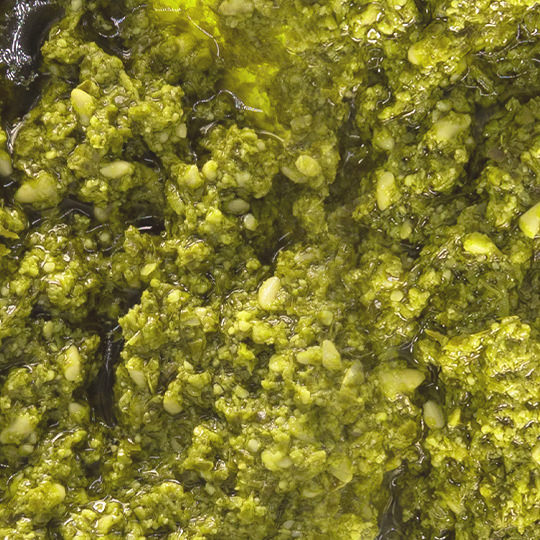
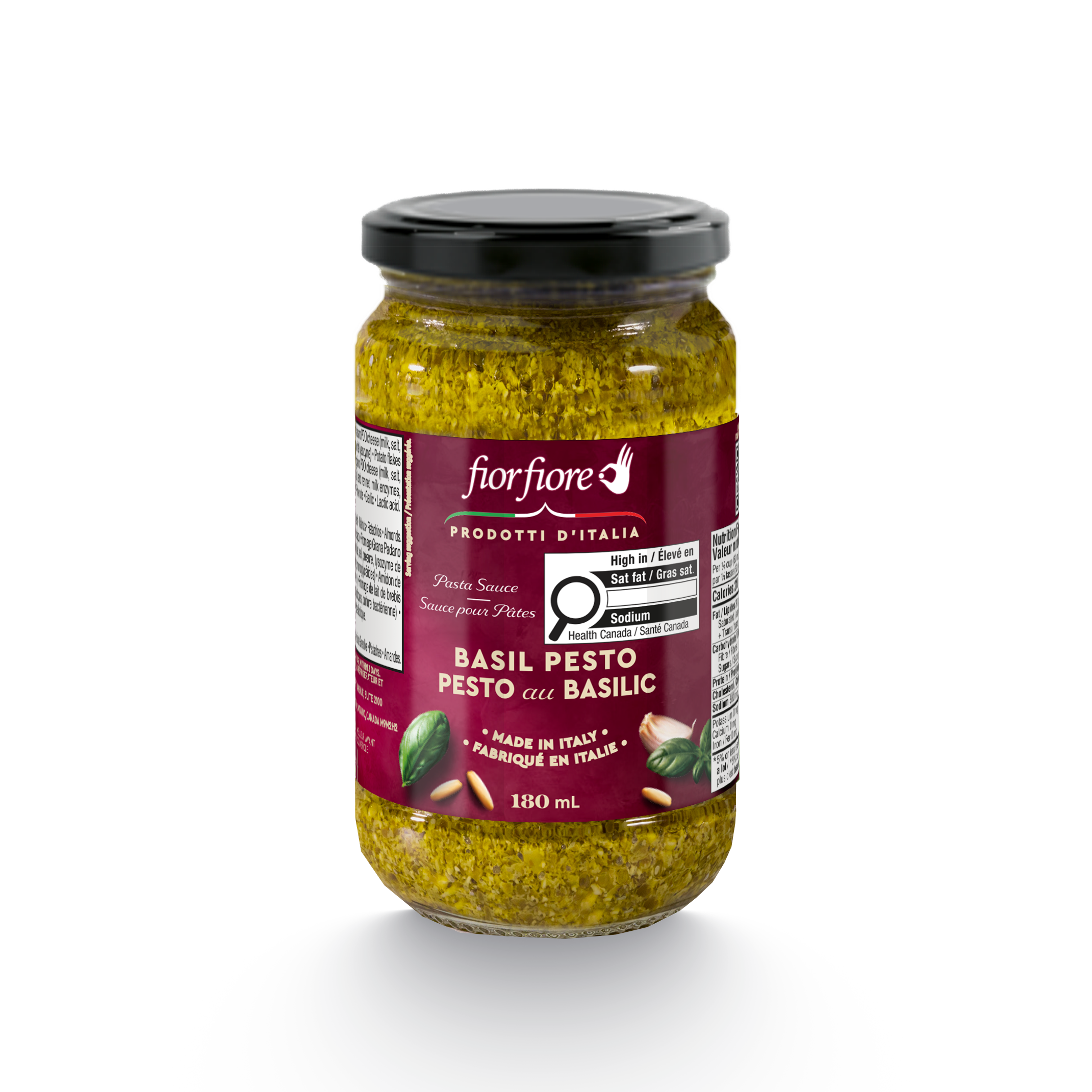

Pesto with Basil 180 ml
Fiorfiore Pesto with Basil is made using an ancient recipe and processing method traditional to Liguria, its place of origin. The far reaching popularity of this is a simple sauce, made from basil and other readily-available locally grown ingredients, has ensured this fresh green herb is synonymous with its town of birth. Prepared by pounding basil leaves with pine nuts, Italian Grana Padano, pecorino romano, garlic, extra virgin olive oil and a pinch of salt, Pesto maintains the delicious, pungent aroma and taste of its raw ingredients.
The Authentic Taste of Ligurian Pesto
- Fiorfiore pesto is crafted in Liguria, where the tradition of making pesto began. Using only Ligurian basil, known for its delicate, aromatic flavor, our pesto delivers the vibrant green color and creamy texture that distinguish true pesto. Made without cooking, and blended with pine nuts, garlic, extra virgin olive oil, and a mix of parmesan and Sardinian pecorino, it offers a balanced, rich taste – approved and loved by Ligurians themselves.
- Did You Know? Pesto’s name comes from pestare, meaning “to pound” – a reference to its traditional preparation with mortar and pestle. Born in medieval Genoa, pesto has been part of Ligurian culture for centuries. The city even hosts a World Pesto Championship, celebrating the sauce’s enduring legacy. Some Italians are now campaigning to have pesto added to UNESCO’s Intangible Cultural Heritage list.
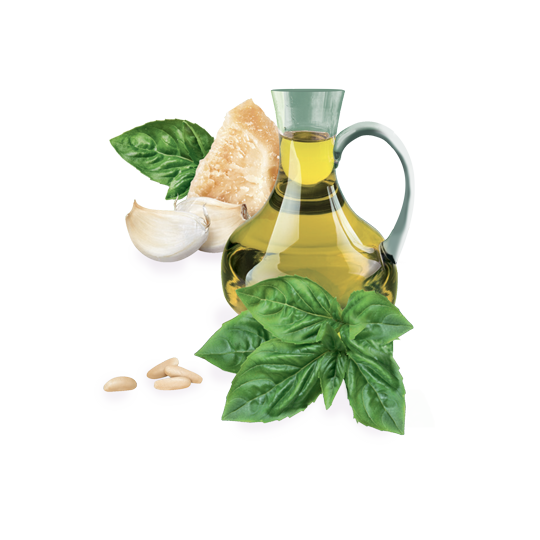
Ingredients
Basil, Sunflower Oil, Extra Virgin Olive Oil, Cashews, Grana Padano PDO Cheese (milk, salt, rennet, egg-white lysozyme), Dehydrated Cheese (milk, salt, rennet, egg-white lysozyme), Potato Flakes (dehydrated potatoes, monoglycerides), Potato Starch, Parmigiano Reggiano cheese PDO (milk, salt, rennet), Pecorino Romano PDO sheep’s milk cheese (sheep’s milk, salt, lamb rennet, milk enzymes), Sugars (glucose syrup), Natural and Artificial Flavours, Pine Nuts, Garlic, Lactic Acid.
Contains: Cashews, Milk, Egg, Pine Nuts.
May Contain: Fish (swordfish, tuna, anchovies, golden sardine), Molluscs (clams, cuttlefish), Walnuts, Pistachios, Almonds.
Preparation
Store in a cool, dry place out of direct sunlight. Once opened cover with oil, keep refrigerated and use within 5 days.
| Nutrition Facts | Per 1/4 cup (60mL) | %Daily Value* | Read more | |
|---|---|---|---|---|
| Calories | 317 | |||
| Fat | 32 g | 43% | ||
| Saturated | 5 g | 26% | ||
| Trans | 0 g | |||
| Carbohydrate | 2 g | |||
| Fibre | 1 g | 4% | ||
| Sugars | 1 g | 1% | ||
| Protein | 4 g | |||
| Cholesterol | 6 mg | |||
| Sodium | 632 mg | 27% | ||
| Potassium | 126 mg | 3% | ||
| Calcium | 111 mg | 9% | ||
| Iron | 3 mg | 15% |
*5% or less is a little, 15% or more is a lot.
Recipes
Pesto:
the green gold of Liguria
Liguria, the Italian Riviera, a coastal region historically tied to trade, boasts many famous destinations, from the jetset Portofino to the “Five Lands” of Cinque Terre, to the port city of Genoa.
Culinary traditions are intrinsically linked to the seafaring history of the region. The cuisine is based on simple, fresh ingredients: wild herbs, Taggiasca olives, anchovies. A wide variety of regional pastas blend perfectly with the native basil pesto, the King of sauces.
Vernazza in province of La Spezia, Liguria.
Submit your review | |
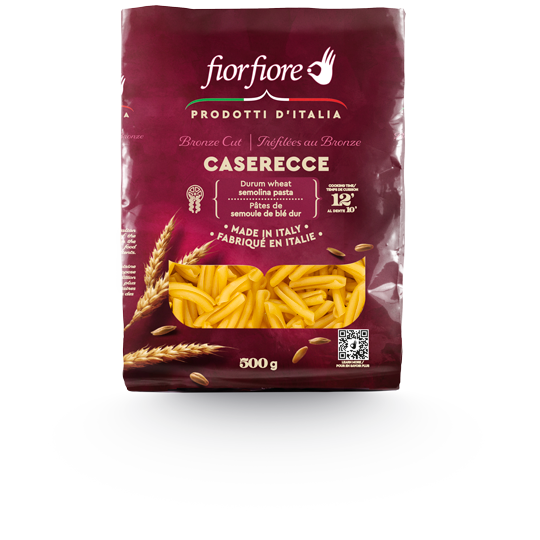
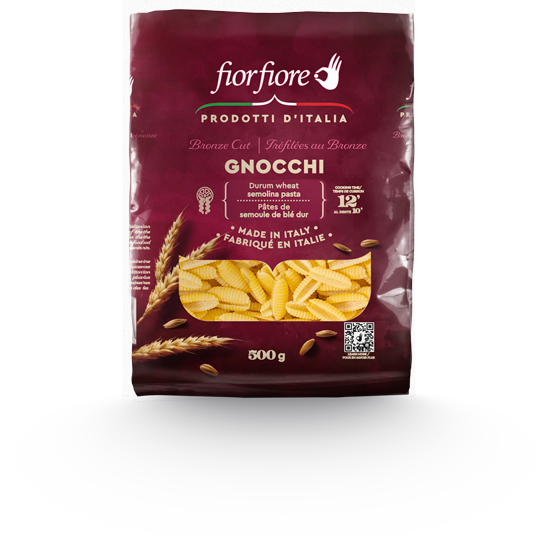
 FiorFiore USA
FiorFiore USA